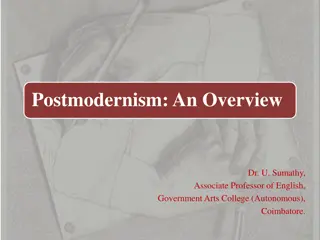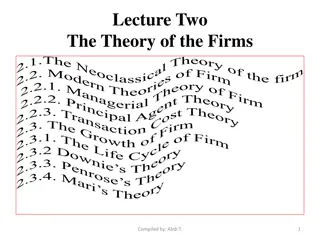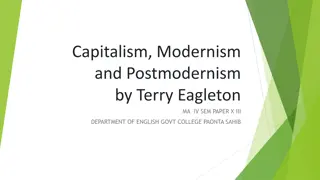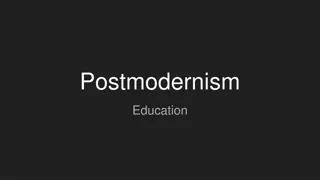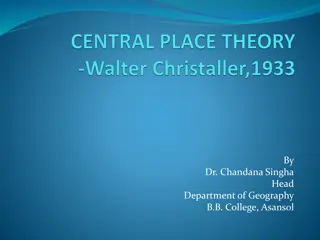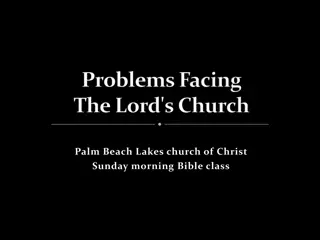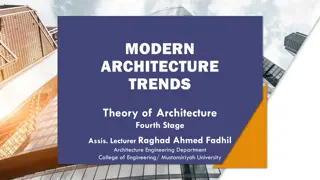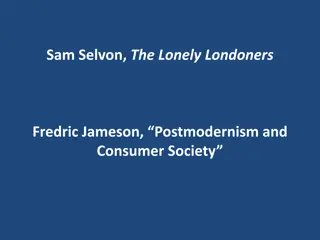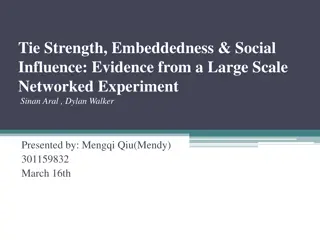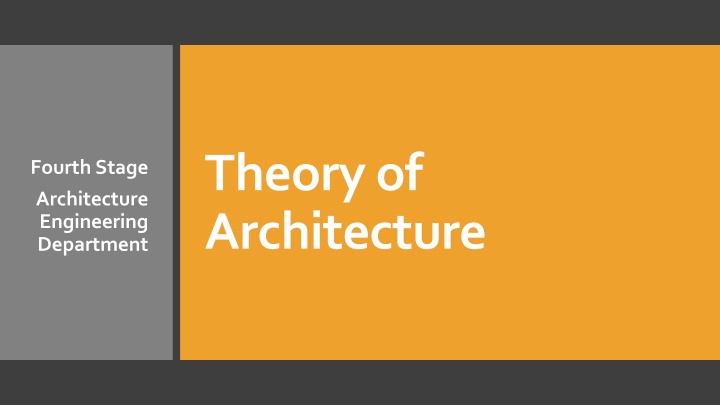
Theory of Architecture & Postmodernism Influence
Discover the theory of architecture's evolution into postmodernism, influenced by Jane Jacobs and characterized by Neo Realism. Explore architectural styles, movements, and key figures shaping the built environment."
Download Presentation

Please find below an Image/Link to download the presentation.
The content on the website is provided AS IS for your information and personal use only. It may not be sold, licensed, or shared on other websites without obtaining consent from the author. If you encounter any issues during the download, it is possible that the publisher has removed the file from their server.
You are allowed to download the files provided on this website for personal or commercial use, subject to the condition that they are used lawfully. All files are the property of their respective owners.
The content on the website is provided AS IS for your information and personal use only. It may not be sold, licensed, or shared on other websites without obtaining consent from the author.
E N D
Presentation Transcript
Theory of Architecture Fourth Stage Architecture Engineering Department
Jane Jacobs 1916 2006 anAmerican journalist,author, andactivistwho influencedurban studies, sociology, andeconomics. Her bookThe Death and Life of Great American Cities(1961) argued that urban renewaldid not respect the needs of city- dwellers.
post-modernism(meaning "after modernism") Postmodernismis an academic and artistic description of things that have happened in the second half of the 20th century, and which largely exist as reactions against the goals of the early 20th century. Post Modernism In Architecture, Postmodernism describes the colourful styles of architecture and the decorative arts that appeared in the late 20th century in reaction to Modernism. The term Post-Modern is produced by Charles Jenks in his book The language of Post Modern Architecture in 1977.
Postmodern architecture is a movement which emerged in the 1960s as a reaction against the formality, lack of ornament, ignoring the history and culture of the cities , emphasized function over form, and lack of variety ofmodern architecture,, Its optimistic and idealistic views particularly in the international styleadvocated by Le Corbusier andLudwig Miesvan der Rohe. Post Modern Architecture It flourished from the 1980s through the 1990s, particularly in the work of Dennis Scott Brown & Venturi,Philip Johnson,Charles MooreandMichael Graves. In the late 1990s it divided into a multitude of new tendencies, includinghigh-tech architecture, modern classicismanddeconstructivism
Post modern architecture Neo Neo realism Contextualism Rationalism
Architectural Style An architectural style is characterized by the features that make a building or other structure notable or historically identifiable. A style may include such elements as form, method of construction, building materials, and regional character.
Neo Realism Architecture Robert Charles Venturi Jr.(1925 2018) Books: The trend was introduced by the architect and architectural theoristRobert Venturiin his writings. Complexity and Contradiction in Architecture in 1966. Learning from Las Vegas 1972.
Complexity and Contradiction in Architecture In practice, it meant the rediscovery of the various meanings contained within the mainly classical architecture of the past and applying them to modern structures. The result was an architecture that embodied historical featuresand dashes of humor.
Mother House is located in the neighborhood ofChestnut HillinPhiladelphia. It was designed by architectRobert Venturifor his mother, Vanna Venturi. It was constructed between 1962 and 1964
Learning From Las Vegas Ducks: Where the architectural systems of space, structure, and program are submerged and distorted by an overall symbolic form. Decorated Sheds: Where systems of space and structure are directly at the service of program, and ornament is applied independently.
The duck takes its name from an actual duck-shaped building: theBig Duck located on Long Island in New York. The structure was built to house a shop selling ducks and duck eggs. The formof the building itself explicitly tells passers by what they will find inside.
Instead of a building made of sleek glass and metal, this building is predominantly masonry (only 30% of the outside is glass) and revives a classical architectural vocabulary. The building is divided into three parts, as three elevations of a Greek temple base, column and pediment. AT&T Building Phillip Johnson (New York), 1984




